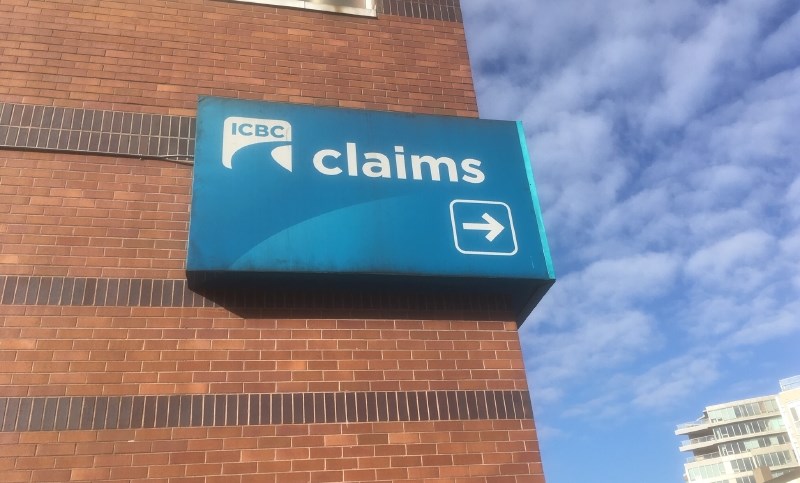VANCOUVER — The Insurance Corp. of B.C. is rolling out changes that attach the cost of bad driving firmly to the driver at fault. That should come as good news to policy holders whose vehicle crashed while someone else was driving and then got stuck with higher premiums.
“Crash records are going to follow the responsible driver, instead of the vehicle owner,” said Tyler McGilvery, business process adviser for ICBC. “We’ve heard time and time again from British Columbians that it would be more fair if the responsible party who causes the crash bears that responsibility.”
Currently, about 20 per cent of crashes in B.C. are caused by a driver not listed on the policy. The rate impact of a crash will be applied when the at-fault driver is listed on a new policy.
Under a new rate structure, premium calculations will be weighted 75 per cent on the principal driver and 25 per cent on the other listed driver with the highest-risk profile, McGilvery said.
Among the changes effective on Sept. 1 and beyond:
• You will need to list all the regular drivers of your vehicle when you purchase your policy.
• Premiums will be calculated based on risk profile — called the “driver factor” — of the principal driver and the riskiest other driver listed to use the vehicle.
• Allowing a driver with a learner’s permit to drive your car will cost a flat fee between $130 to $230, depending on the region where the policy is held. It will not affect your premium or discount.
• If you drive your vehicle fewer than 5,000 kilometres in a year, you will be eligible for a discount at your next renewal.
• If your vehicle has factory-installed autonomous emergency braking, you are eligible for a 10 per cent discount.
Your driver factor is based on the number of years you have been licensed to drive, your crash history and whether you are a senior or a new resident of B.C.
“The big cultural change coming for vehicle owners is that for the first time, they will be asked to list the drivers who have access to the vehicle,” he said. “For most people, that means household members or employees, possibly a friend or neighbour who drives the car regularly.”
Spouses who each have a vehicle should list each other as drivers so one can drive the other’s vehicle without insurance implications. “Listing drivers isn’t necessarily going to cost you money, the opposite may be true,” McGilvery said.
“If your spouse has a better risk profile than you, your premium could go down.”
And because learners don’t factor into the premium calculation, many people will benefit. In the past, families lost their 10-year safe-driving discount when they added a learner to their policy.
There are financial penalties if a high-risk driver who is not listed gets into a collision in your vehicle. Exceptions apply in medical emergencies and for drivers from recognized designated-driver programs.
When you go to your insurance broker, you will require more documentation than before.
Here’s what you need:
• The driver’s licence number and birth date of every driver you intend to list on your policy.
• A photograph of your odometer, if you hope to obtain a low-kilometres discount.
• Your vehicle’s ownership manual indicating an autonomous braking system.
You can get an estimate of your basic premium by entering information about the drivers of your vehicle and where you live on ICBC’s rate education tool at: change.icbcbusiness.com/tool.
The online tool allows people to hypothetically add drivers to their policy to see the impact on their premium.



